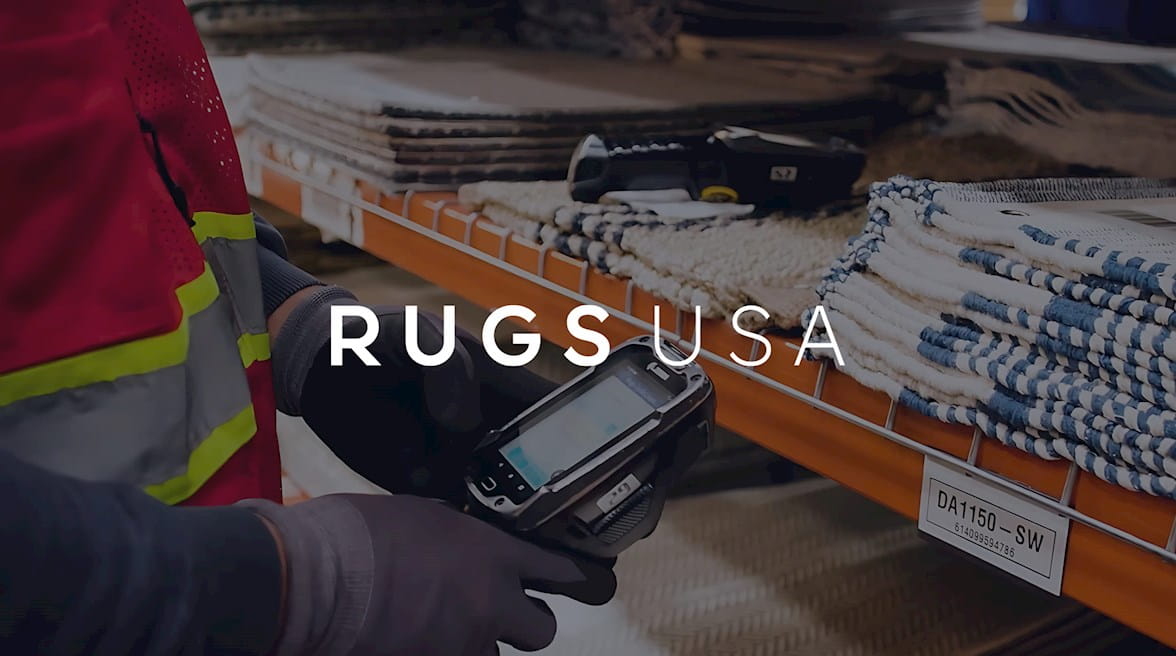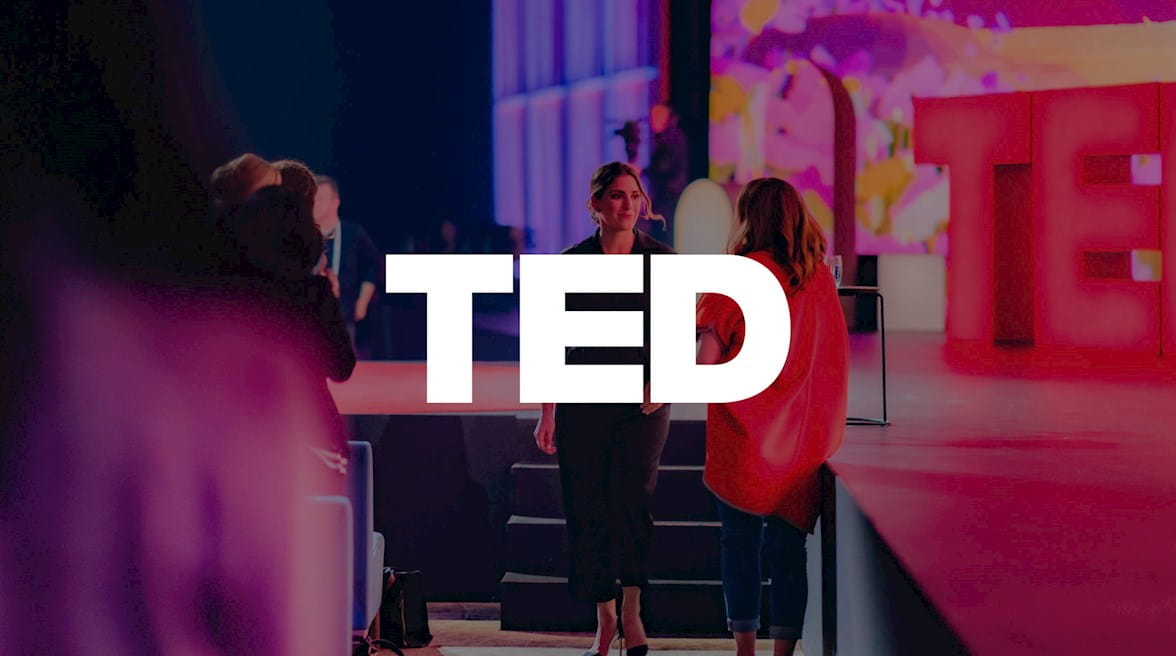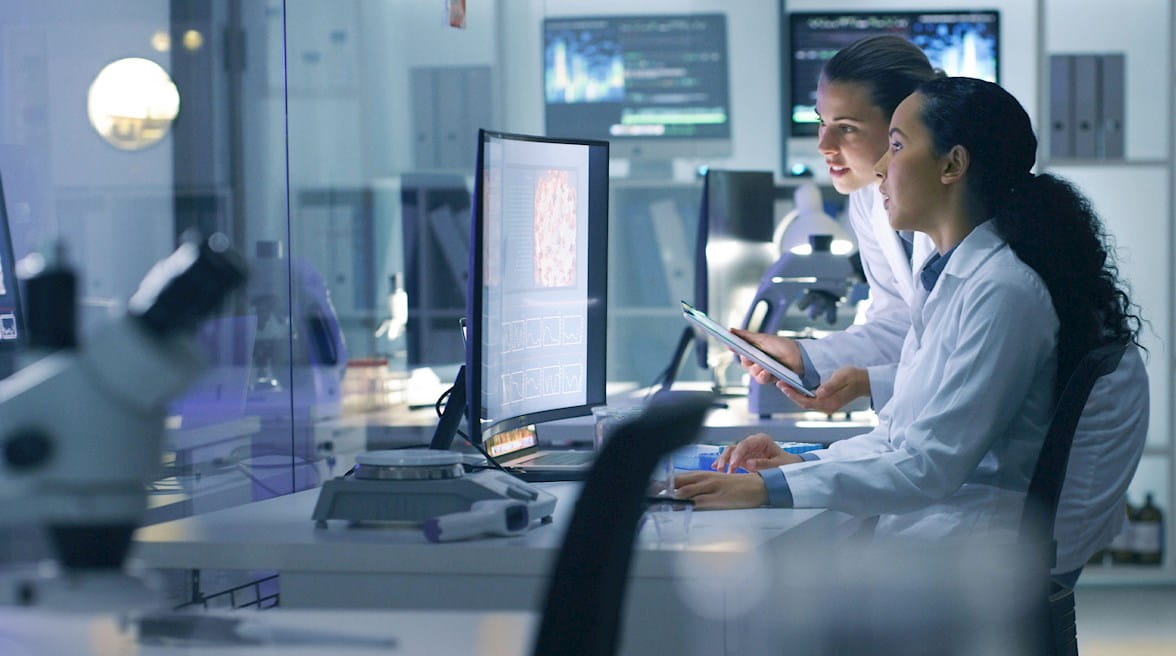Human-Centered Design
Action is everything. We push ideas. We iterate towards quick solutions and provable outcomes. Always with humans at the center.
We believe that a truly human-centered design process requires hyper-connected teams who show up with understanding for the end-user at every step – for products, for systems, for processes and for organizations holistically. Human-centered design principles are all about building a deep empathy with the people you’re designing for, generating tons of ideas, building a bunch of prototypes, sharing what you’ve made with the people you’re designing for and eventually putting your innovative new solution out in the world. Then enabling a feedback loop for continuous iterations.
What We Do in Human-Centered Design Consulting
Empathize
“Empathy” gets thrown around a lot, but true empathy doesn’t just mean listening. It means hearing someone for the individual they are, gathering insights in doing so, and having a structure and process in place to apply those insights. Doing this at the outset ensures that these very human needs are embedded into the development of the ultimate product.
Collaborate, Co-Create and Prototype — Continually
Despite the obvious benefits of a digital workplace, many organizations still see it as simply something to get done: The powers that be set aside a budget for a new tech rollout, the IT team takes the lead, and that’s that. But design thinking isn’t a one-off, top-down process. And success isn’t simply “getting it done.” Intentionally designing a collaborative, iterative process nurtures a build-fast, fail-fast environment that lets teams work out kinks — and connect with a wide range of team members across disciplines.
Collect and Incorporate Feedback
Human-centered design doesn’t mean creating assumptive user personas. Or collecting feedback from validated personas groups during the upfront design process. A human-centered design approach means remaining committed to gathering and incorporating user feedback throughout the inception and life of the digital workplace. If a team is engaging in an agile development process, taking a human-centered design approach means that user groups are continuously engaged during the implementation lifecycle.





















.png?mw=400&mh=100&iar=0&as=1&hash=D34373D9F1B167F9608C4346241D2246)







